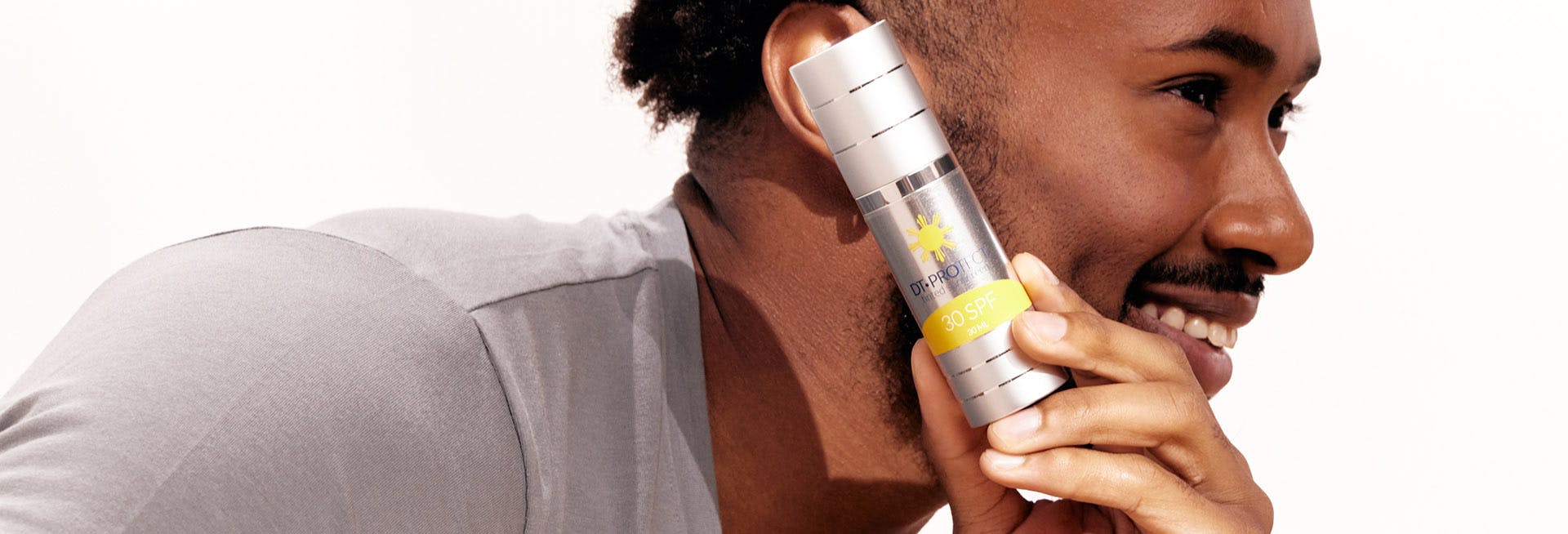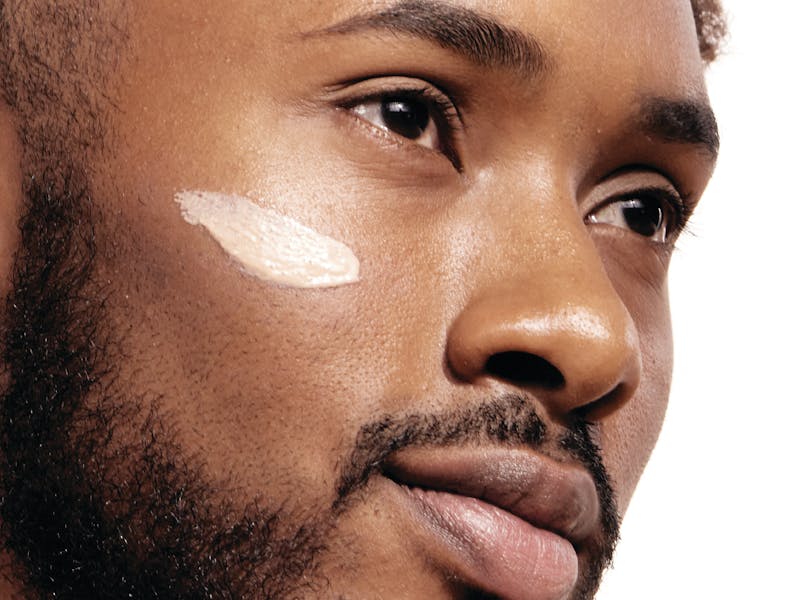
Can You Use Expired Sunscreen?
You're headed to the beach and have dug up an old bottle of sunscreen. You can't remember when you bought it but it seems ok. Do you use it or throw it out? The answer may surprise you. Here we will go over whether or not you can use expired sunscreen, sunscreen expiration dates, as well as some other ways to stay safe in the sun year round.
How Long Does Sunscreen Last?
In general, if it's Food and Drug Administration (FDA)-approved, sunscreen lasts for three years. The FDA requires all sunscreens to have an expiration date. But if a sunscreen bottle doesn't have an expiration date the manufacturer has to show it will remain stable for at least three years after someone buys it.
When Exactly Does Sunscreen Expire?
Generally, sunscreens expire about three years after their purchase date. However, if your sunscreen has an expiration date on it go by that date. If you're unsure of when you purchased it or if the expiration date has been rubbed off then don't use it, buy a new sunscreen.
How To Tell if Sunscreen Has Expired
There are times when sunscreen will expire prior to its expiration date. In this case, you will see some noticeable changes to it.
Your sunscreen may be expired (even if it hasn't reached its expiration date) if it has some of these qualities:
- a chunky, lumpy, or watery consistency
- a yellowish cast
- an odd or "off" smell
What Can Cause Sunscreen To Expire Before Its Expiration Date?
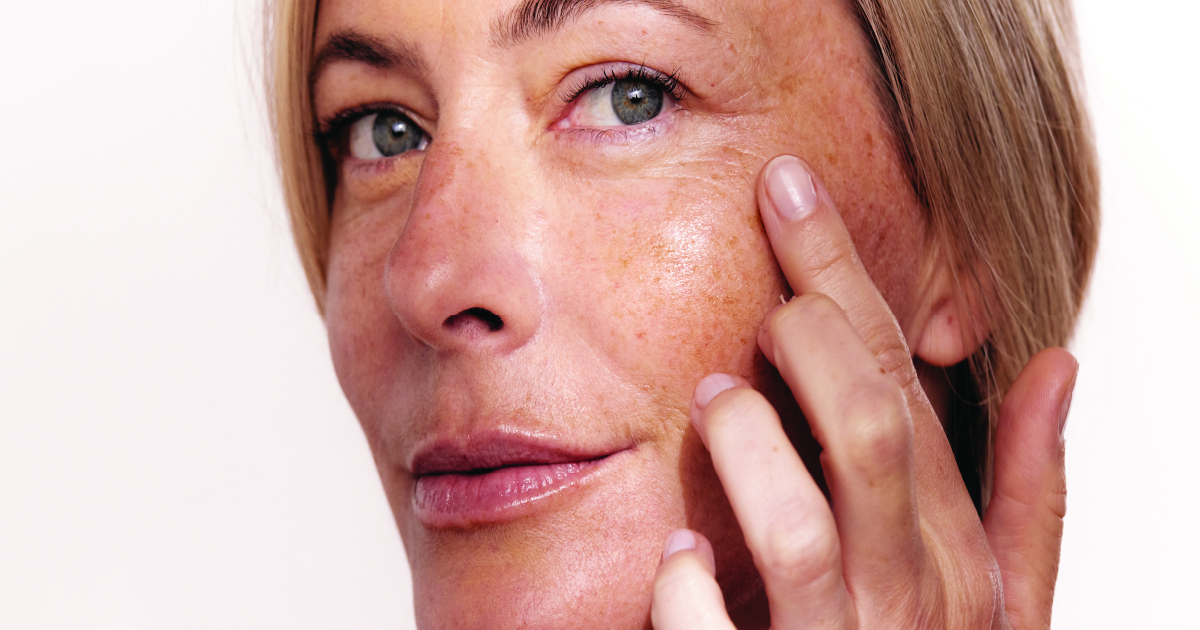
There are several reasons why sunscreen can expire before its expiration date, including:
- exposing it to sunlight and high temperatures
- exposing it to moisture
- mixing it with other products (like makeup) then storing it for regular use
Can You Use Expired Sunscreen?
You should not use expired sunscreen. If you use an expired sunscreen it will likely be ineffective against harmful UV rays. And if a sunscreen doesn't provide UV protection you run the risk of burning and potentially developing skin cancer.
Other possible side effects of using expired sunscreen include irritation and allergic reactions--especially if you have sensitive skin. Expired sunsceen can also contain mold or bacteria which can harm you. Again, if you're in doubt about the freshness of your sunscreen, throw it out and purchase a new bottle.
Why You Shouldn’t Mix Sunscreen With Foundation
You may be tempted to skip a step in the morning by combining your foundation with your sunscreen. Or you may want to mask the white cast your mineral sunscreen leaves behind.
Whatever your reason, forget about mixing them and just apply each product separately.
When you mix sunscreen with foundation, the foundation will decrease the effectiveness of your sunscreen. This could happen for two reasons: the first reason is you'll likely apply less; the second reason is some ingredients in your makeup may interfere with how your sunscreen works.
These rules apply whether you mix makeup with chemical sunscreens or mineral sunscreens. They also apply if you're mixing sunscreen with serums, like vitamin C, or any other antioxidant serums.
Wear Tinted Sunscreen Instead of Mixing Sunscreen With Your Foundation
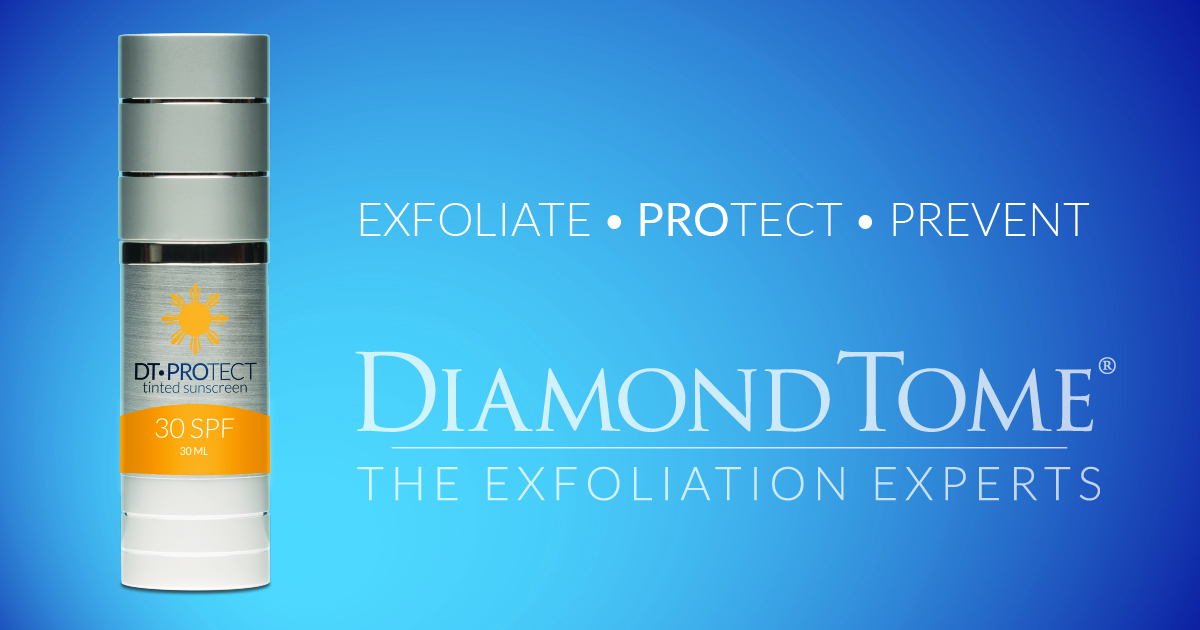
If you want to combine your makeup and SPF, consider a tinted moisturizer with SPF instead. A tinted moisturizer with SPF is formulated specifically to give you coverage as well as sun protection--and it allows you to cut down on the number of products you use every morning.
Our DT PROtect with SPF 30 provides daily protection against sun damage and premature aging. And not only does it give a nice light coverage for a no-makeup feel, it's also perfect as a primer if you want to wear a foundation with more coverage over it.
DT PROtect with SPF 30 provides a velvety-smooth finish with a slightly mattifying effect. It's perfect for everyday wear.
Some Tips for Storing Sunscreen
As you've seen, not only does sunscreen expire after three years it can also go bad before its expiration date. Get the most out of your sunscreen by storing it properly. Be sure to follow these storage guidelines for any sunscreen you buy:
- Keep it in a cool, dry place
- Never store it in your car--it will get too hot
- Always close the cap after every use
- Ensure it's clean and don't stick your fingers into the bottle
- Keep it out of direct sunlight
- Store it in a shady spot when you're outside
What Do You Do if Your Sunscreen Doesn’t Have an Expiration Date?
If your sunscreen doesn't have an expiration date but you remember when you bought it, it's generally good for 3 years from the purchase date. But if you know it's been in a hot car or out in the sun for extended periods of time (like sitting exposed in a beach bag), you should throw it away and buy another bottle. Again, if you're overall unsure about its freshness, buy a new bottle.
Additional Sun Protection Tips
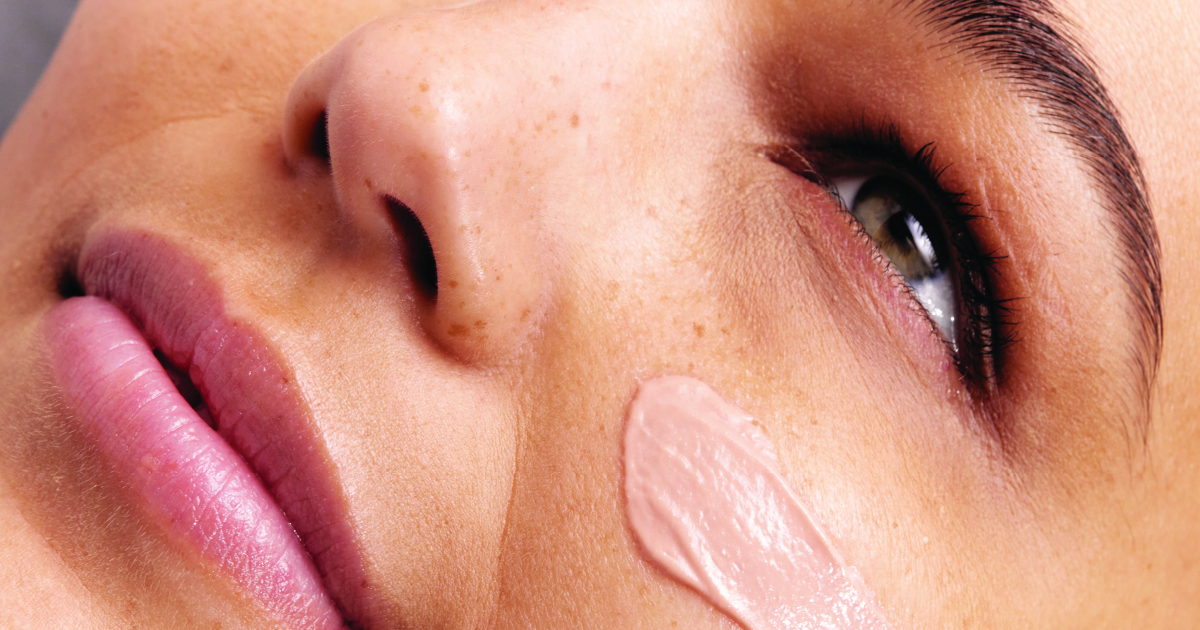
While sunscreen is a foundational step in sun protection, it's not the only way for you to stay safe in the sun. The following are just a few examples of additional ways to protect yourself from too much sun exposure (as well as cancer and early skin aging), especially if you don't have extra sunscreen bottles around.
Wear Sun Protective Clothing
When it comes to sun protective clothing, you have a couple of options.
UPF Clothing
The most effective option is clothing that has a UPF rating. UPF stands for ultraviolet protection factor. Similar to SPF (sun protection factor), UPF measures how well a fabric filters both ultraviolet A (UVA) and ultraviolet B (UVB) lights. Typical UPF ratings you will find are 15, 30, and 50+. If you're going to be spending a lot of time outside, opt for a 30 or more rating.
You can find many articles of clothing made with UPF material, including shirts, shorts, pants, dresses, hats, and so much more. Even something as simple as a light, long-sleeved shirt made with UPF material is helpful to have. Keep it in your car or carry it with you in a bag; this way, you can wear it over any outfit should you find yourself spending a lot of time outside.
Suitable Non-UPF Clothing
Don't have UPF clothing? There are some UV ray-blocking features to look for in clothes you may already have. Although they can't provide the same protection as clothes made from UPF material, they can help a bit--and even a little bit of protection is better than none.
Wear clothes with these characteristics for some sun protection:
- Clothes made from darker fabrics: darker fabrics naturally provide more sun protection than lighter fabrics
- Clothes composed of denser weaved materials: materials with denser weaves will let in less UV rays than those with looser weaves
- Clothes made of polyester and/or nylon: both polyester and nylon offer more sun protection than natural fibers like cotton
Wear a Wide-Brimmed Hat
A wide-brimmed hat can protect not just your face, but also your scalp, neck, and ears. But in order for your hat to provide optimum protection, make sure it's made of a tightly woven material.
Stay Out of the Sun During Peak Exposure Hours
The sun's rays tend to be strongest between 11 a.m. and 3 p.m. If you can avoid direct sunlight for extended periods of time during 11 a.m. and 3 p.m., you have less of a chance of burning. If you have to be out during these times seek shade whenever possible.
Frequently Missed Spots When Applying Sunscreen
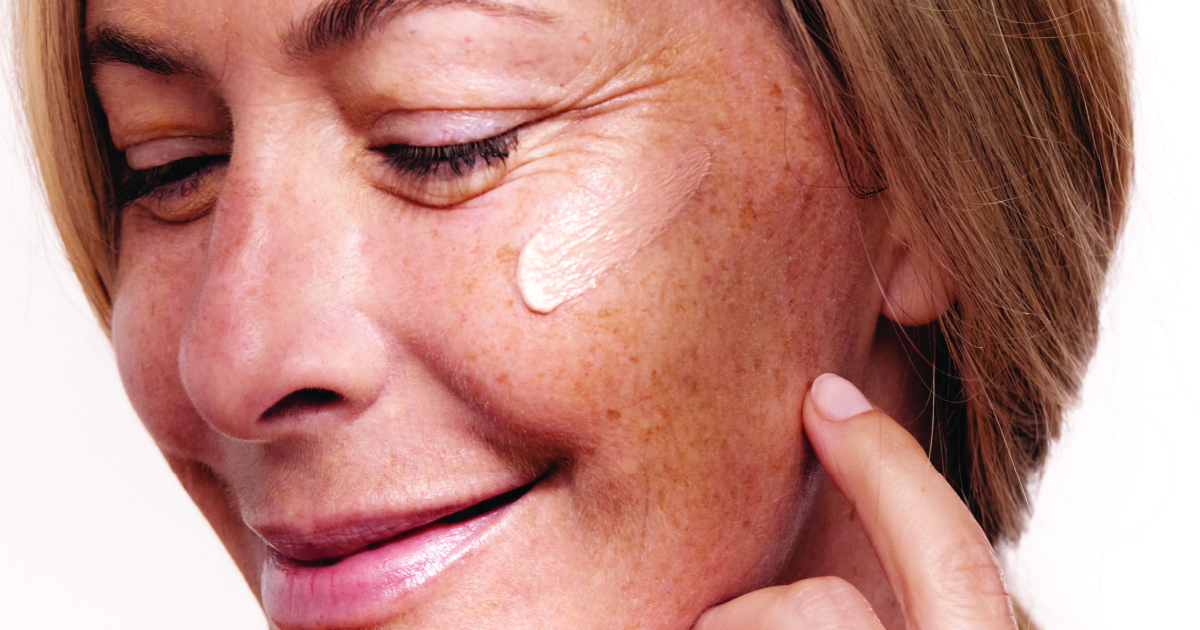
Even the most dedicated sunscreen user often misses certain parts of the body. The following are the spots most people miss during sunscreen application.
Ears
According to the American Cancer Society, "About 7 percent of head and neck melanomas are found on the ears."
Lips
Interestingly, the majority of lip cancers occur in males who are fair-skinned and over 50. But everyone should keep their lips protected. We doubt anyone likes the taste of sunscreen, so look out for a lip balm with SPF.
Back of Neck
The back of the neck is easy to miss, but is essential for everyone--but even more so if you have short hair or are bald.
Hands
Your hands receive a lot of sun exposure throughout the day, especially if you drive often. Hands are also one of the first areas to show aging via sun spots and even actinic keratosis (which could potentially lead to skin cancer).
Tops of Feet
It's especially important to apply sunscreen to the tops of your feet if you're going to be in sandals a lot. Although skin cancers on the feet are rare, they still occur.
Along the Hairline and Scalp
If you have fine or thinning hair, it's important that you protect your scalp. You can apply sunscreen or wear a hat with a tight weave to block UV rays.
Always Keep Yourself Protected
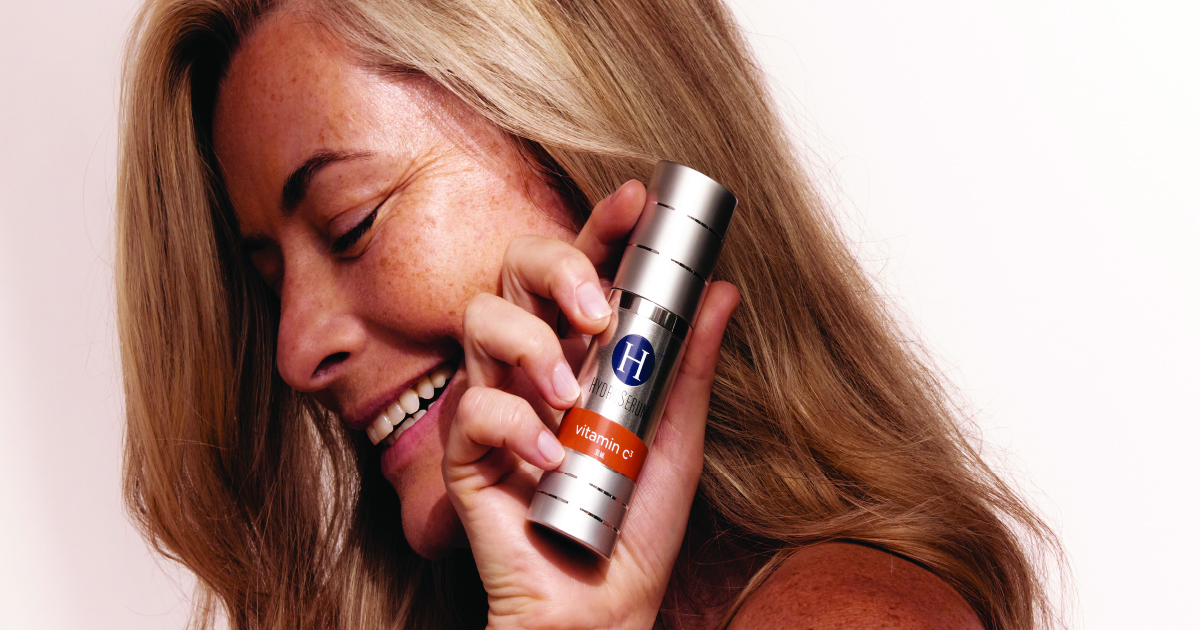
No matter what type of sunscreen you choose, be sure it's up to date and always reapply. Additionally, consider the sun protection tips we offered here. Your skin will thank you. And if you're looking for a new daily sunscreen, be sure to check out our DT Protect SPF 30.




